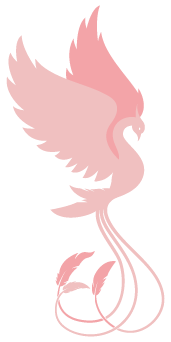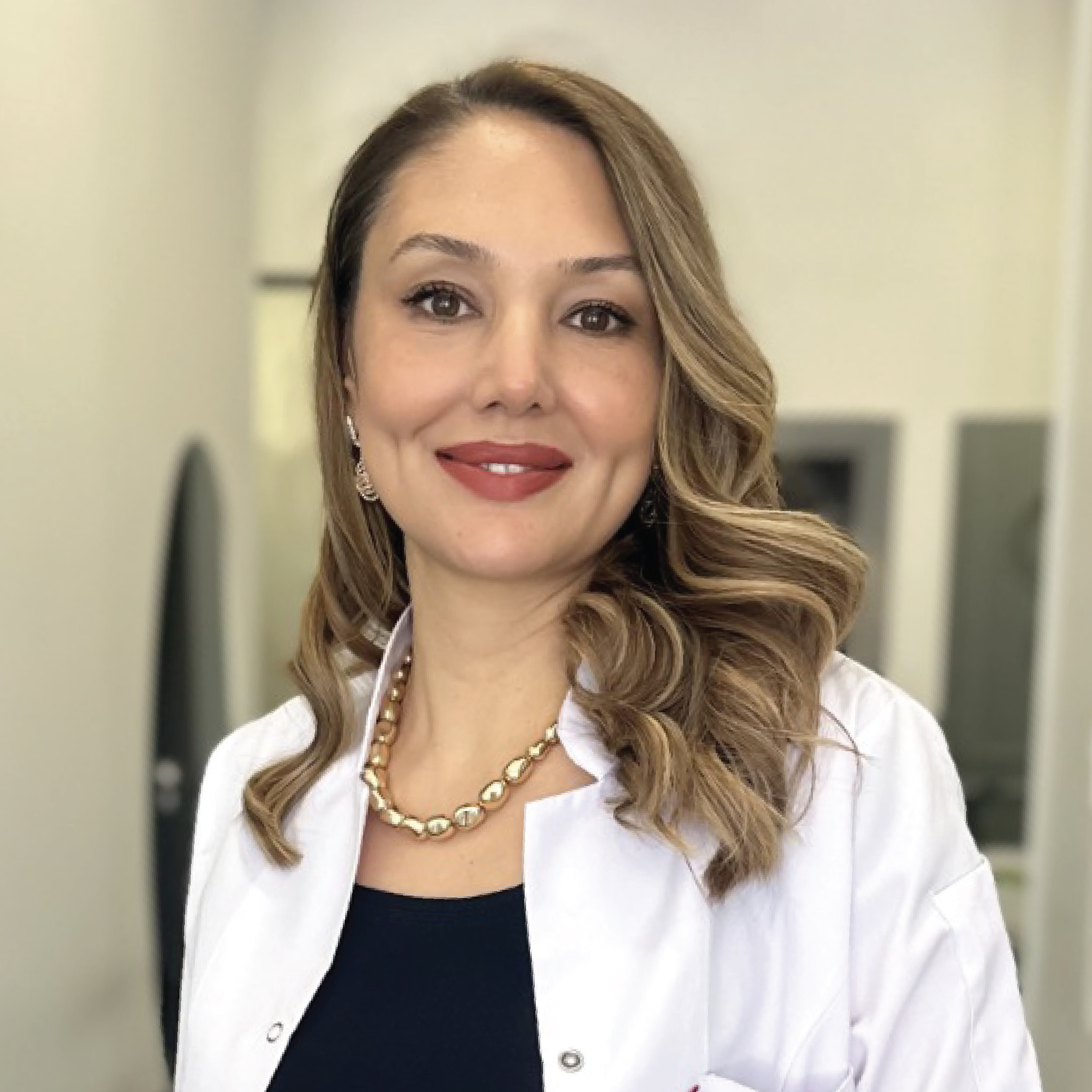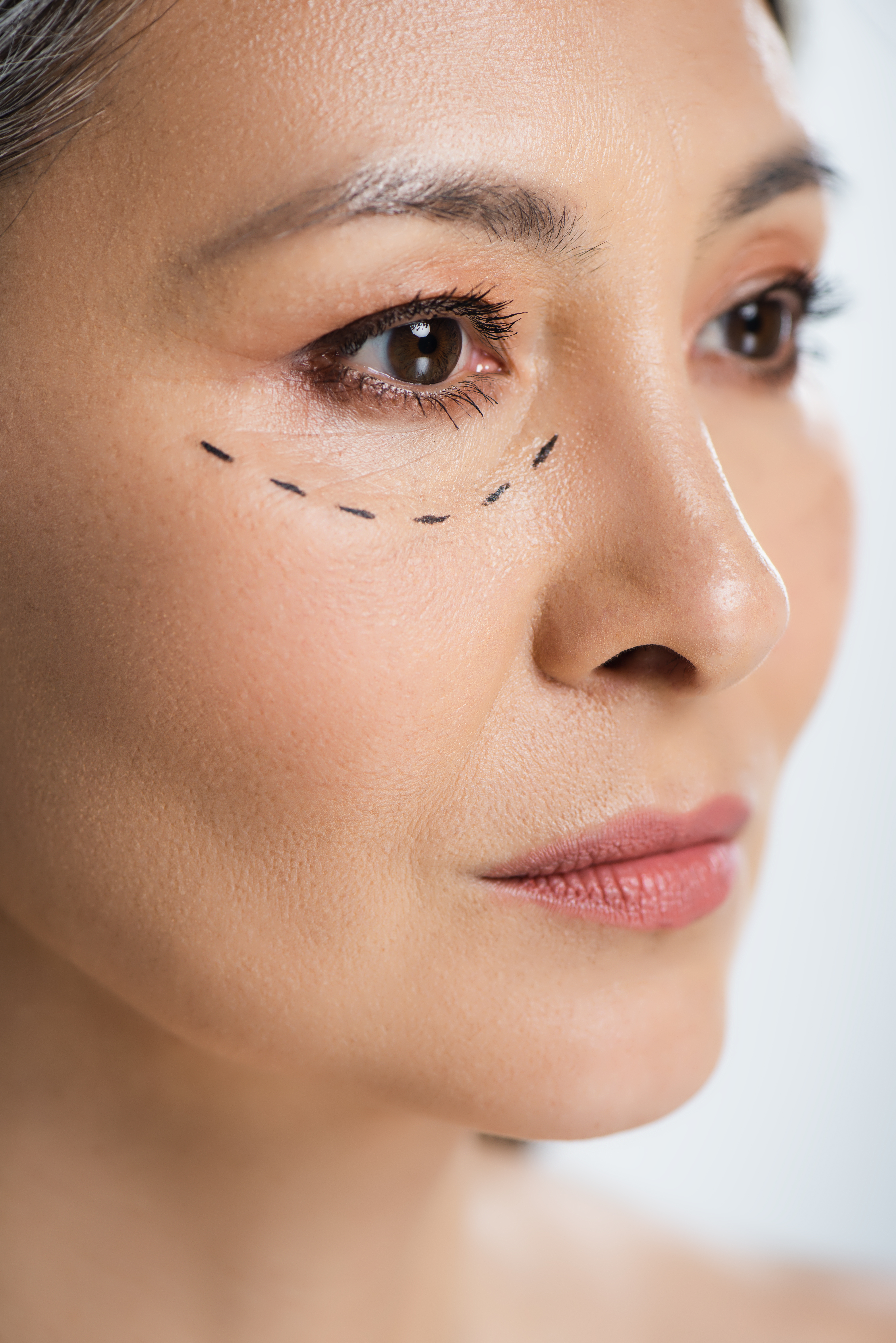Our gaze is a silent form of communication. It conveys meanings, emotions, and even thoughts we cannot express verbally. However, ectropion, known as the outward turning of the eyelid, disrupts this delicate pathway, causing not only aesthetic concerns but also serious health issues. By impairing the protective function of the eyelid, ectropion significantly reduces visual comfort and impacts quality of life. Increasingly common with advancing age, if not treated timely and correctly, ectropion can lead to permanent eye-health complications. In this article, we aim to comprehensively explain ectropion, from its causes and symptoms to available treatment methods, thus enhancing your awareness of this condition.
What Causes Ectropion?
Ectropion, characterized by the outward turning of the eyelid, usually arises due to age-related relaxation of the skin and muscle tissue. As we age, the skin loses elasticity, and the muscles around the eye weaken, causing the lower eyelid to sag outward. In addition:
-
Facial trauma and scars resulting from accidents,
-
Weakening of eyelid muscles due to neurological conditions such as paralysis,
-
Deformities caused by eyelid tumors,
-
Undesirable outcomes from cosmetic eyelid surgery may also lead to ectropion.
Symptoms of Ectropion
Ectropion becomes immediately noticeable due to the visibly outward-turned eyelid. Common symptoms include:
-
Clearly visible outward turning of the eyelid,
-
Persistent tearing or watery eyes,
-
Dryness in the eyes leading to burning or stinging sensations,
-
Redness and irritation in the eye,
-
Inability to fully close the eyelid, causing a foreign-body sensation,
-
Increased sensitivity to light and blurred vision.
Importance of Timely Treatment for Ectropion
Although ectropion may initially seem purely an aesthetic issue, neglecting treatment can lead to serious complications. The outward-turned eyelid prevents tears from properly protecting the eye surface, causing dryness. Over time, this can lead to corneal damage, infections, and potentially even vision loss. Therefore, if you notice symptoms of ectropion, consulting an ophthalmologist immediately is crucial.
How is Ectropion Diagnosed?
Diagnosis of ectropion requires a physical examination by an ophthalmologist. During this evaluation, the doctor examines the eyelid's position and the degree of outward turning. Additionally, the overall health of the eye, tear production, and corneal condition are thoroughly assessed. In certain cases, additional tests may be performed to obtain more detailed information.
What are the Treatment Options for Ectropion?
The primary treatment for ectropion is surgical intervention. Surgery corrects the anatomical position of the eyelid and restores its normal function. The procedure is typically short, performed under local anesthesia, and carries minimal risks.
Supportive treatments aside from surgery include:
-
Use of artificial tear drops to protect and moisturize the eye surface,
-
Moisturizing creams around the eye area to support skin elasticity,
-
Temporary taping or bandaging techniques to protect the eyelid.
Recovery Period After Surgery
Recovery after ectropion surgery is generally rapid. Mild swelling, redness, or bruising may occur during the initial days but will quickly subside. Following surgery, regular follow-up appointments with your doctor and proper use of prescribed medications are essential. Additionally, wearing sunglasses, avoiding rubbing the eyes, and refraining from strenuous physical activities will facilitate a smoother healing process.
What Happens if Ectropion is Left Untreated?
If ectropion is left untreated, it can result in significant eye health complications. Persistent irritation and increased risk of infections on the eye surface are common outcomes. Over time, these complications may lead to corneal ulcers, permanent damage due to infections, or even loss of vision. Therefore, early diagnosis and prompt treatment are critical.









